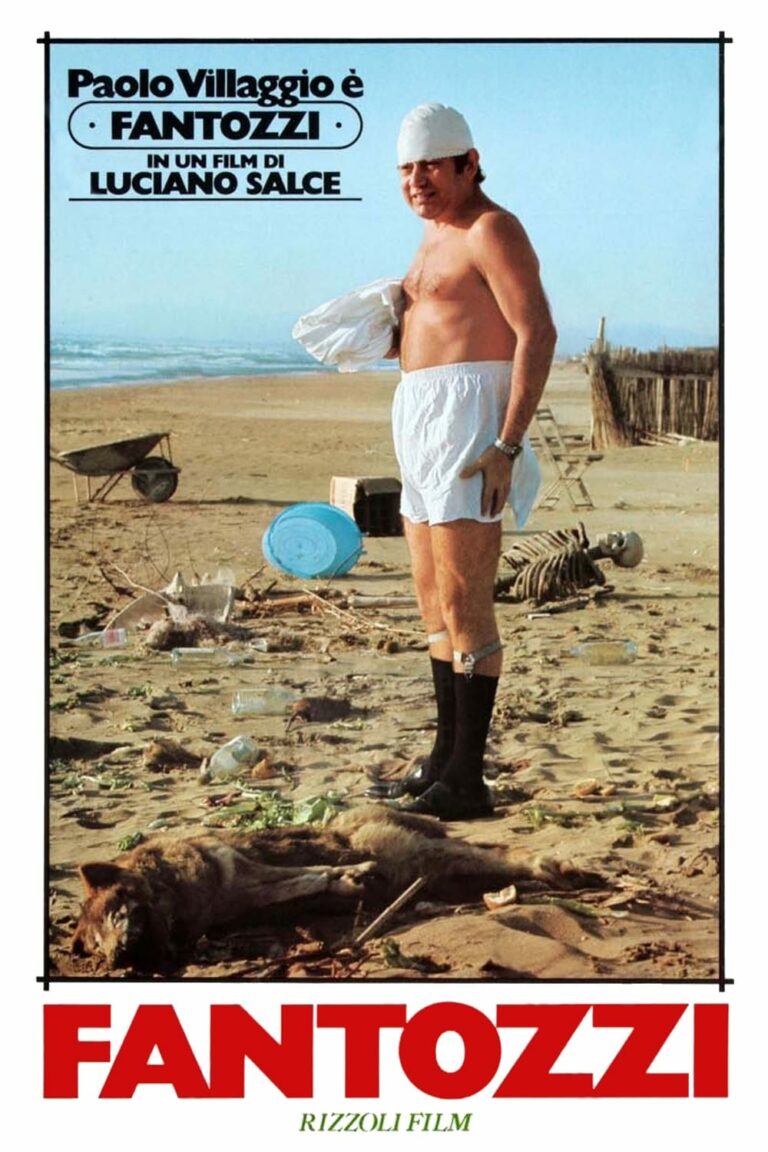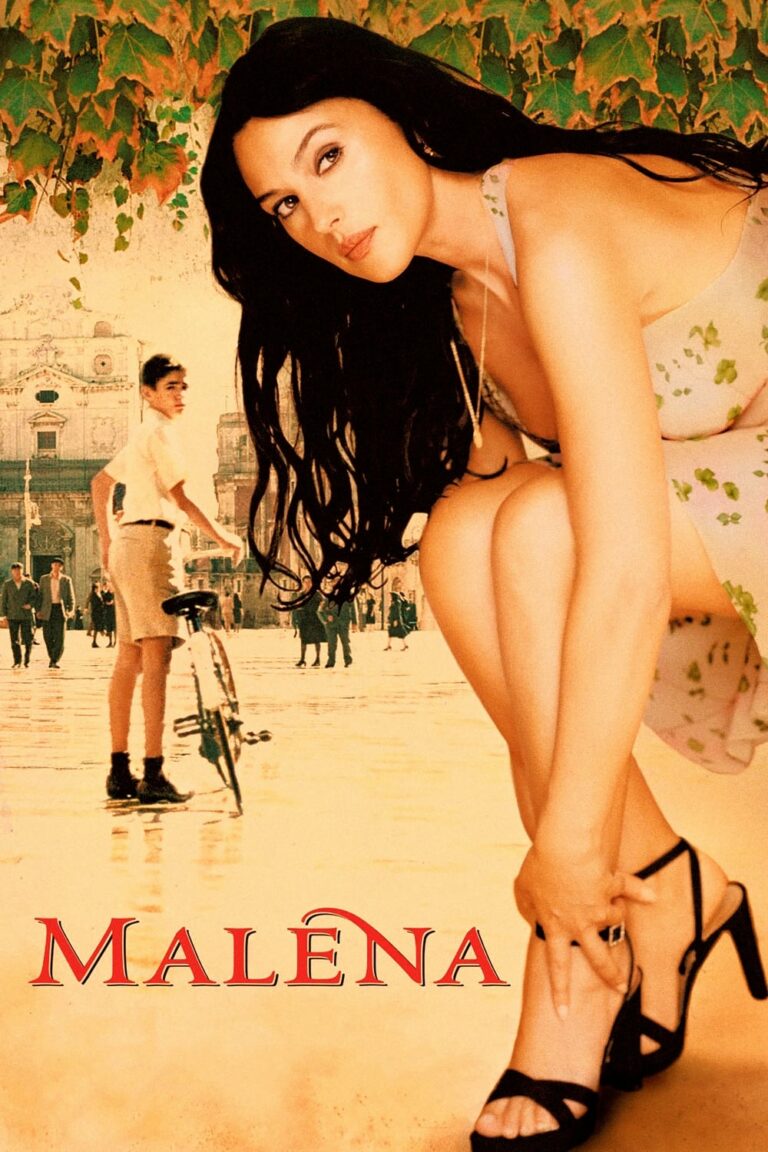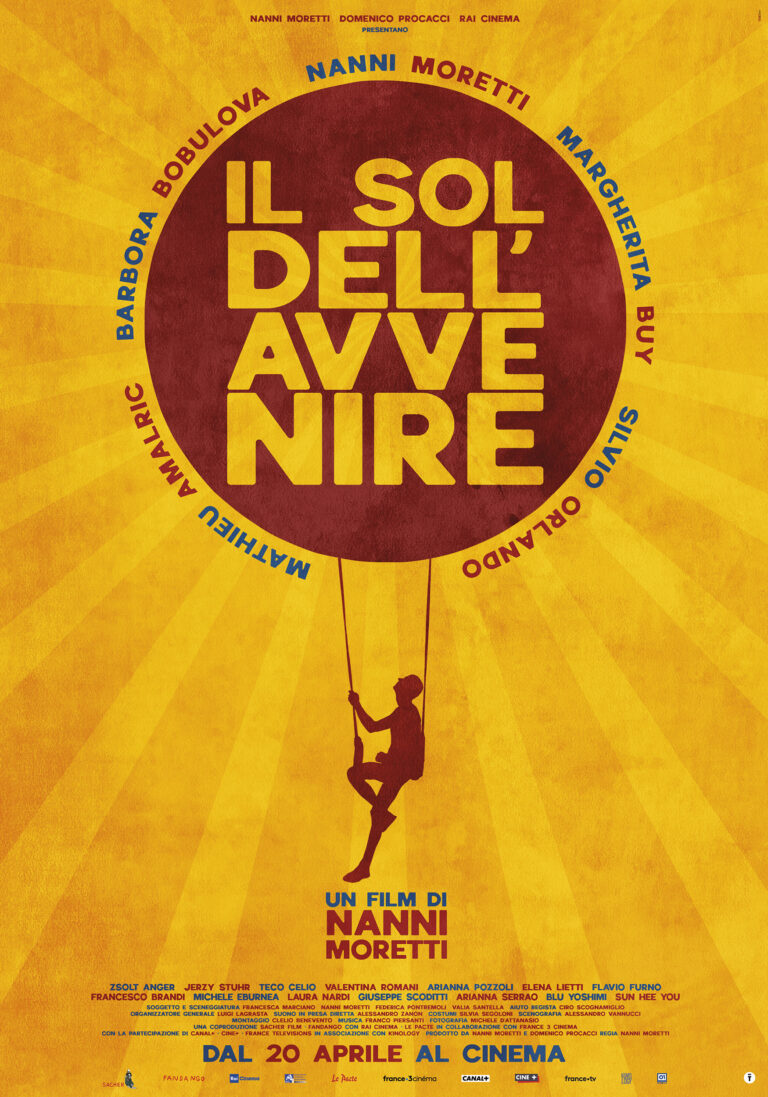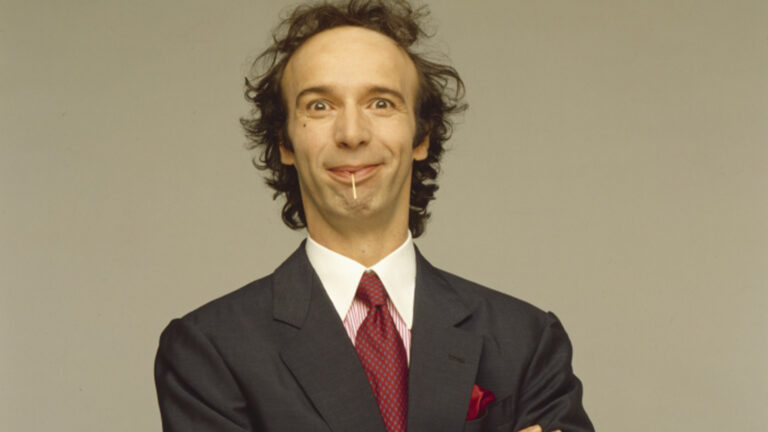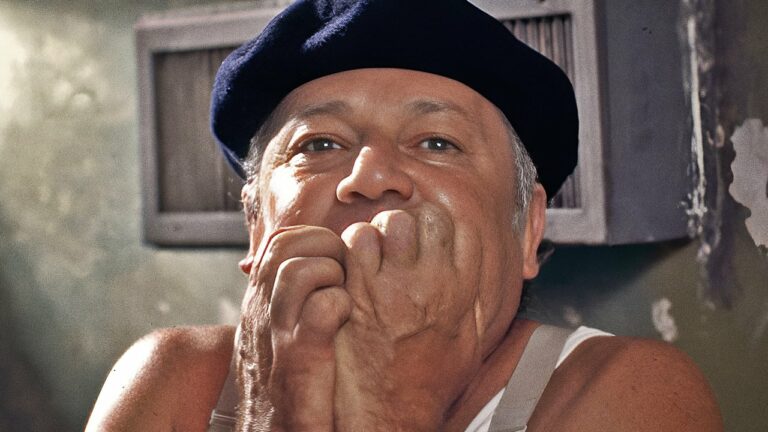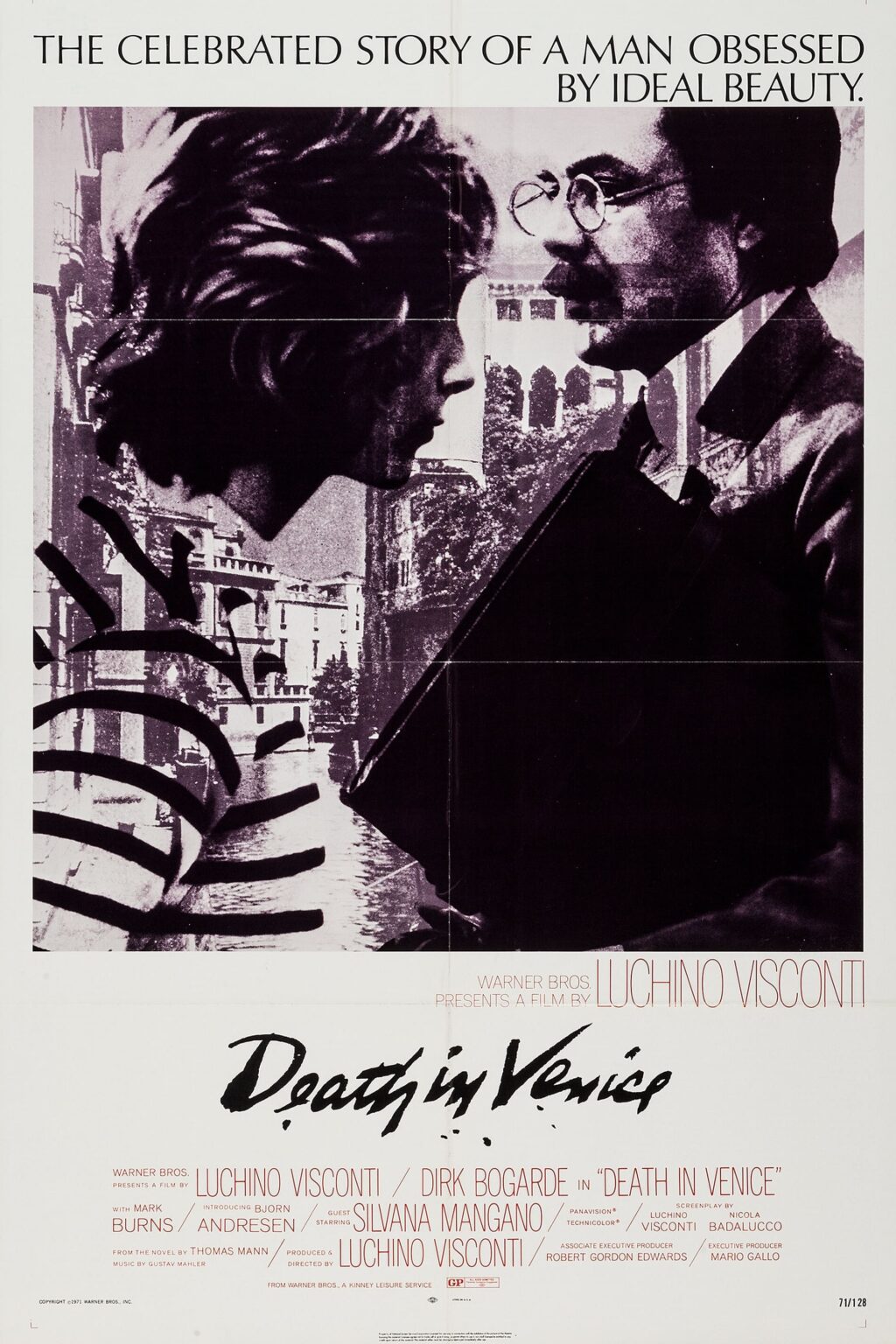
Death in Venice (Morte a Venezia), a 1971 Italian film directed by Luchino Visconti, is a haunting exploration of beauty, art, mortality, and forbidden desire. Based on the novella of the same name by German author Thomas Mann, the film is both a visual and emotional masterpiece, offering a contemplative look at the fragility of human existence and the intoxicating allure of aesthetic perfection.
Set against the backdrop of a decadent Venice at the turn of the 20th century, Death in Venice weaves a tragic tale of longing and obsession. With its stunning cinematography, profound themes, and an unforgettable performance by Dirk Bogarde, the film remains one of Visconti’s most celebrated works and a cornerstone of arthouse cinema.
Plot Overview: A Journey of Inner Turmoil
The film follows Gustav von Aschenbach (played by Dirk Bogarde), a composer and artist in search of peace and inspiration. Fleeing the pressures of his life in Germany, Aschenbach travels to Venice, hoping to restore his physical and emotional health. However, his retreat becomes an existential nightmare as he is confronted with his own mortality and an uncontrollable obsession with a beautiful Polish boy named Tadzio (Björn Andrésen), who is vacationing at the same hotel with his family.
Aschenbach becomes increasingly captivated by Tadzio, viewing him as a symbol of unattainable perfection and the embodiment of artistic beauty. However, his fixation spirals into despair as he struggles with his own inner demons and the realization that his life is slipping away. Meanwhile, a cholera epidemic silently spreads through Venice, mirroring Aschenbach’s own physical and emotional decline.
The film culminates in a tragic and poetic finale on the Venetian beach, where Aschenbach’s longing and deterioration reach their inevitable conclusion.
Themes in Death in Venice
1. The Pursuit of Aesthetic Perfection
At the heart of the film is the idea of beauty as both a source of inspiration and destruction. For Aschenbach, Tadzio represents the Platonic ideal of beauty, an eternal and untainted form that transcends human imperfection. His obsessive pursuit of this beauty ultimately becomes his undoing, as it blinds him to reality and his own decaying state.
2. Mortality and Decay
The pervasive imagery of illness and death in the film underscores the inevitability of mortality. Aschenbach’s physical decline mirrors his emotional and spiritual despair, while the cholera outbreak serves as a metaphor for the fragility of human existence.
3. Forbidden Desire and Repressed Emotions
Aschenbach’s feelings for Tadzio reflect the complex and often painful nature of repressed desire. His internal struggle between admiration for Tadzio’s beauty and the societal and personal shame attached to his feelings is depicted with subtlety and nuance.
4. The Artist’s Dilemma
The film also examines the struggles of the artist, particularly the tension between Apollonian ideals of order and Dionysian forces of chaos. Aschenbach’s obsession with beauty reflects his desire to capture perfection in his art, yet it also leads to his downfall, illustrating the destructive potential of unchecked artistic yearning.
Cinematography and Visual Style
One of the most striking aspects of Death in Venice is its visual splendor. Directed with meticulous attention to detail by Luchino Visconti, the film is a feast for the eyes, featuring opulent costumes, lavish sets, and breathtaking shots of Venice. The decaying grandeur of the city serves as a perfect metaphor for the themes of decline and decay, with its crumbling facades and shimmering canals mirroring Aschenbach’s own deteriorating state.
Visconti’s use of color and light creates an almost dreamlike atmosphere, enhancing the film’s introspective and melancholic tone. The camera lingers on Tadzio’s ethereal presence, emphasizing his otherworldly beauty and the intoxicating allure that consumes Aschenbach.
The Role of Music
The soundtrack of Death in Venice is dominated by the hauntingly beautiful Adagietto from Gustav Mahler’s Symphony No. 5. The music, with its slow, mournful progression, perfectly complements the film’s themes of longing, loss, and mortality. Mahler’s composition becomes an emotional anchor for the film, reflecting Aschenbach’s internal turmoil and the melancholic beauty of his obsession.
Performances
Dirk Bogarde as Gustav von Aschenbach
Dirk Bogarde delivers one of the most powerful performances of his career as Aschenbach. His portrayal of the aging composer is nuanced and deeply moving, capturing the character’s vulnerability, despair, and unspoken desires with remarkable subtlety. Bogarde’s ability to convey complex emotions without dialogue makes his performance both haunting and unforgettable.
Björn Andrésen as Tadzio
Björn Andrésen, just 15 years old at the time of filming, embodies the ethereal beauty that captivates Aschenbach. Although Tadzio’s character is largely silent, Andrésen’s presence is magnetic, and he becomes a living symbol of unattainable perfection.
The Legacy of Death in Venice
Since its release, Death in Venice has remained a cornerstone of arthouse cinema and a defining work in Luchino Visconti’s illustrious career. The film’s exploration of beauty, mortality, and desire continues to resonate with audiences and filmmakers alike.
Björn Andrésen’s portrayal of Tadzio became iconic, earning him the moniker “the most beautiful boy in the world.” However, his experience with the role also sparked discussions about the pressures and ethical considerations of casting young actors in such roles.
The film has also inspired countless interpretations and analyses, with scholars and critics delving into its philosophical, psychological, and aesthetic dimensions.
Why Death in Venice Still Matters
More than five decades after its release, Death in Venice remains a timeless meditation on the human condition. Its themes of beauty, decay, and forbidden desire are universal, resonating with audiences across generations. The film’s exploration of the artist’s struggle for meaning and the inevitability of mortality feels as relevant today as it did upon its release.
Luchino Visconti’s meticulous direction, combined with Dirk Bogarde’s masterful performance and Gustav Mahler’s haunting score, ensures that Death in Venice remains a cinematic masterpiece that lingers in the minds and hearts of its viewers.
Conclusion: A Tragic Elegy for the Human Spirit
Death in Venice is more than just a film—it is a hauntingly beautiful work of art that explores the fragility and complexity of human existence. Through its poignant narrative, stunning visuals, and profound themes, it captures the eternal struggle between life’s fleeting beauty and its inevitable decay.
For those who appreciate cinema that challenges, moves, and lingers, Death in Venice is a must-watch—a tragic elegy for the human spirit and a timeless ode to the power of art.
